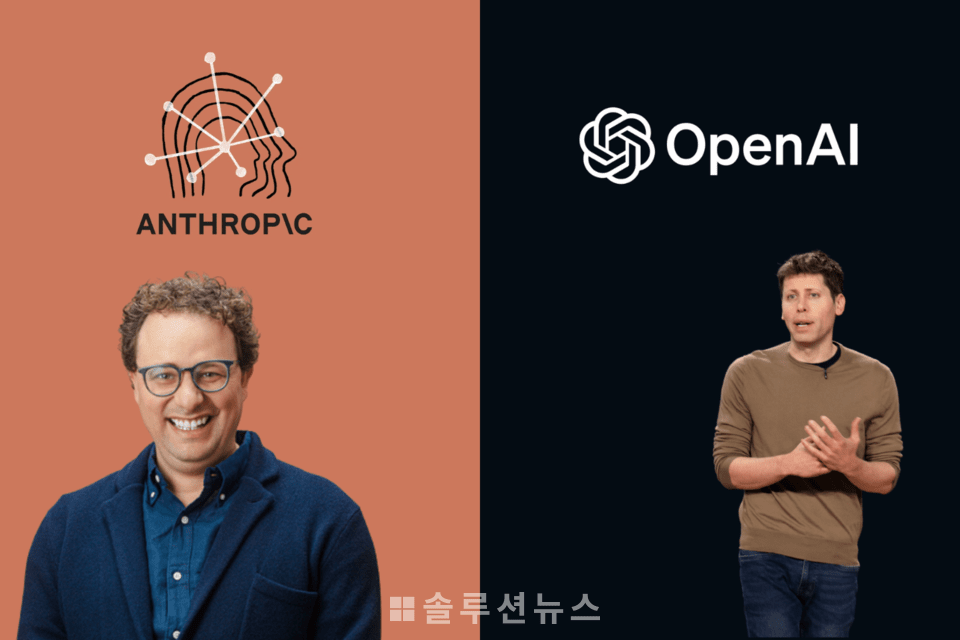As the era of AI coding approaches, OpenAI and Anthropic are in fierce competition to win the hearts of developers. However, their strategies differed greatly, and as a result, the developer community’s evaluations were distinctly divided.
Recently, both companies launched their respective AI coding tools. OpenAI introduced Codex CLI, while Anthropic released Claude Code. Both programs leverage the power of AI on the cloud to help developers write code faster and more conveniently.
OpenAI made Codex CLI available to everyone under the Apache 2.0 license (an open-source license), allowing for modification and commercial use of the source code. In contrast, Anthropic’s Claude Code is bound by a commercial license, and modification or redistribution is not allowed without company approval.
The issue arose concerning the disclosure of the source code. OpenAI made its source code fully available, but Anthropic distributed Claude Code in an obfuscated form (intentionally altered to be hard to read). A developer decrypted this and published it on GitHub, but Anthropic immediately requested its removal, citing copyright infringement.

Developers expressed their dissatisfaction with this measure. Social media was flooded with criticism that “OpenAI listens to and improves upon developer suggestions, while Anthropic blocks developer activities.” In fact, right after Codex CLI was launched, OpenAI incorporated dozens of developer feedbacks and expanded Codex CLI’s features to utilize other AI models (including Anthropic models).
Anthropic has not released an official statement regarding this controversy. Some speculate that the obfuscation might have been a security measure, given that Claude Code is still in beta. However, developers expecting an open-source spirit were greatly disappointed.
Ironically, OpenAI has also distanced itself from open source in recent years. However, this year, OpenAI CEO Sam Altman publicly admitted, “We have been on the wrong path regarding open source.” The open-sourcing of Codex CLI is being seen as the first sign of this shift in direction.
In the AI era, the key is not only technical prowess but also who can dominate the ecosystem first. Building an ‘open platform’ where developers can actively participate is a more powerful long-term strategy. The difference between OpenAI and Anthropic today signals not just a simple competition of functions, but an indication of the future direction in the battle for AI dominance.